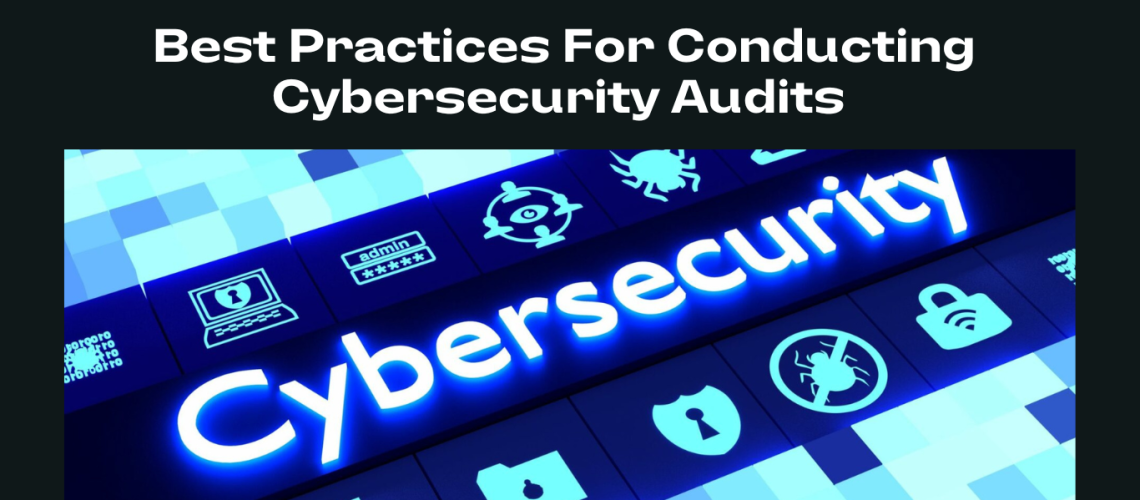In today’s rapidly evolving digital landscape, cybersecurity has become a critical concern for organizations of all sizes and industries. As cyber threats continue to advance in sophistication, organizations must be prepared to defend their digital assets even amid crises. Conducting cybersecurity audits during such times is essential to ensure that security measures remain effective and vulnerabilities are promptly addressed. In this blog, we’ll explore the best practices for conducting cybersecurity audits in crises to help your organization stay resilient and secure.
Establish Clear Objectives
Before initiating a cybersecurity audit, it’s crucial to define clear objectives that align with the crisis at hand. Whether the crisis involves a sudden influx of remote work, a data breach, or a significant disruption to normal operations, your audit goals should be tailored to address the specific challenges posed by the crisis. This could involve identifying potential security gaps introduced by remote work setups or evaluating the impact of the crisis on existing security protocols.
Form a Cross-Functional Team
Conducting a cybersecurity audit during a crisis requires a collaborative effort involving individuals from various departments, including IT, security, legal, and communications. This cross-functional team brings diverse perspectives to the audit process and ensures that all aspects of the crisis and its potential impact on security are considered. Effective communication within the team is key to aligning strategies and sharing insights throughout the audit.
Prioritize Critical Assets
Not all assets are created equal in terms of their value to the organization. During a crisis, it’s essential to prioritize critical assets, such as sensitive customer data, intellectual property, and key infrastructure. Focus your audit efforts on evaluating the security measures protecting these assets, identifying potential vulnerabilities, and implementing immediate safeguards if necessary.
Assess Remote Work Security
Crises often lead to an increased reliance on remote work setups. As such, your cybersecurity audit should include a thorough assessment of the security measures in place for remote employees. This could involve reviewing the security configurations of remote access tools, ensuring the use of multi-factor authentication, and providing guidance to employees on secure remote work practices.
Review Incident Response Plans
A crisis can also trigger cyberattacks and breaches. Review your organization’s incident response plans and ensure they are up-to-date and adaptable to the current crisis. Test the response plans with various scenarios to identify potential gaps, and make necessary adjustments to effectively address any security incidents that may arise.
Stay Updated on Emerging Threats
Crises can create opportunities for cybercriminals to exploit vulnerabilities. Stay informed about the latest cybersecurity threats and tactics relevant to the crisis. Regularly update your team on emerging threats and adjust your audit focus accordingly. Being proactive in anticipating potential risks can significantly enhance your organization’s security posture.
Communicate Transparently
During a crisis, open and transparent communication is essential, both internally and externally. Keep all stakeholders informed about the cybersecurity audit process, its objectives, and any findings. If security vulnerabilities are discovered, communicate the steps being taken to mitigate them and reassure stakeholders that the organization is actively addressing the situation.
Document Findings and Remediation Steps
Thorough documentation is a cornerstone of effective cybersecurity audits. Document all audit findings, including identified vulnerabilities, their potential impact, and recommended remediation steps. This documentation serves as a valuable reference for future audits and helps ensure that no crucial steps are missed in addressing security concerns.
Continuous Monitoring and Adaptation
Cybersecurity is an ongoing effort, and crises can accelerate the need for adaptation. Establish a process for continuous monitoring and assessment of the security landscape. Regularly revisit your audit findings and ensure that the implemented security measures remain effective as the crisis evolves.
Learn and Improve
After the crisis subsides and the audit is complete, take the time to conduct a post-audit review. Identify lessons learned and areas where the audit process could be improved for future crises. This commitment to learning and improvement ensures that your organization becomes more resilient and better equipped to handle cybersecurity challenges in the future.
Conclusion
Conducting cybersecurity audits in crises is an essential practice to safeguard your organization’s digital assets and maintain operational continuity. By establishing clear objectives, forming cross-functional teams, and prioritizing critical assets, you can effectively navigate through the challenges posed by the crisis while maintaining a robust cybersecurity posture. Remember, in times of crisis, proactive and strategic cybersecurity measures can make all the difference in keeping your organization secure. Contact us at Green Edge Computers to know more.



